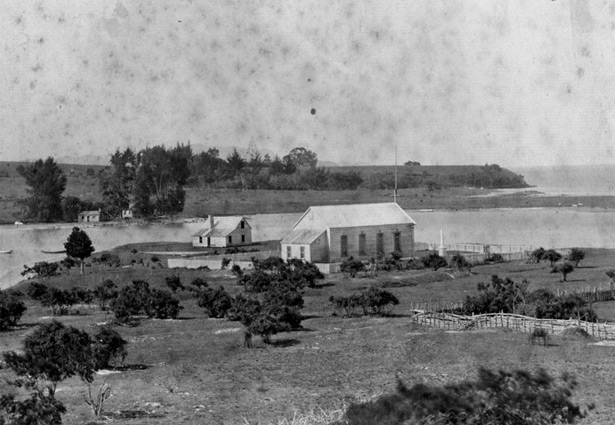
Aperahama Taonui, of the Te Popoto sub-tribe of Ngāpuhi, was born in about 1816. He is thought to have signed the Treaty of Waitangi under a different name (Aperahama Tautoru).
He fought with Wāka Nene and the government against Hōne Heke in the Northern War of 1845–6, and was severely wounded. While recovering in Auckland he met Governor Grey, who was impressed by him.
In 1859 he was made an assessor (or magistrate) under the Native Circuit Courts Act 1858. In 1862 he became a member of a Maori rūnanga (tribal committee) set up by the government in the north. He developed a deep interest in politics, and often expressed his ideas in visionary terms. Taonui remained committed to peace, and saw the Treaty of Waitangi as a sacred compact and the basis for partnership between the races. However, he grew disillusioned with the powerlessness of the rūnanga and the exclusion of Māori from decision-making.
By the late 1860s Taonui, a deeply religious man, became known as a prophet and healer. By this time he was landless. The Te Uri-o-Hau iwi gave him land just south of present-day Dargaville in the early 1870s, and he started a new religious community there.
In the 1890s he was a founding member of the Kotahitanga movement, which sought implementation of the Treaty, an end to the Native Land Court and Māori land laws, and a degree of autonomy through its own Parliament. As one of the few surviving signatories to the Treaty he attended the opening of a meeting house called Te Tiriti o Waitangi at Te Tii, Waitangi, in 1881. He died in 1882.
Adapted from the DNZB biography by Judith Binney
How to cite this page
'Aperahama Taonui', URL: https://nzhistory.govt.nz/people/aperahama-taonui, (Ministry for Culture and Heritage), updated 8-Nov-2017

Community contributions